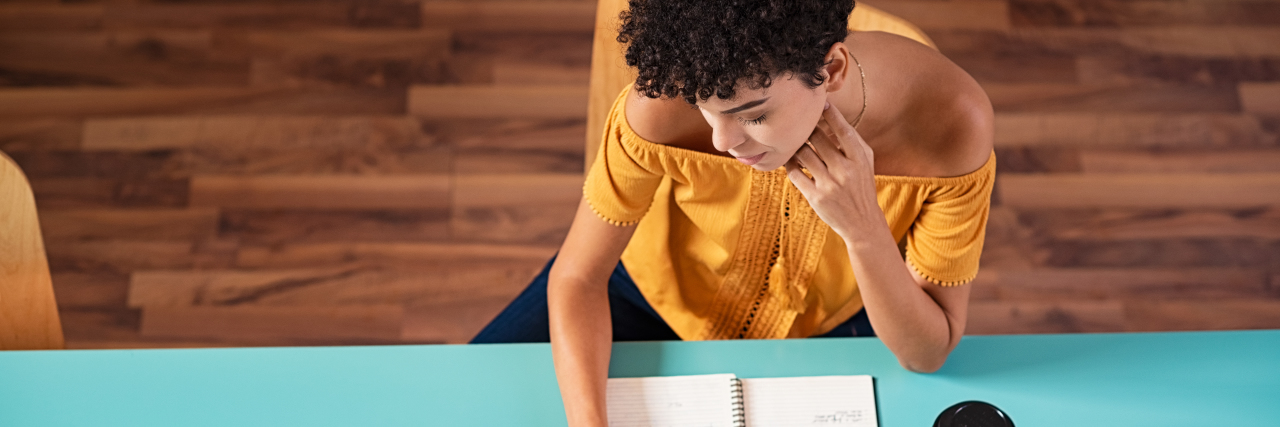What is the saying? “Variety is the spice of life?” But if you’re anything like me, having a routine is an important part of maintaining your mental health. Knowing what we need to do and when, and actually doing it, even when we don’t want to, can help us cope with change, and therefore, reduce our stress levels.
Why is this? According to a study on mood disorders and our circadian rhythm, or rather, our physical, mental and behavior changes that follow a 24-hour internal clock, a disrupted circadian rhythm can lead to mood instability for people who struggle with illnesses such as major depressive disorder (MDD), bipolar disorder and anxiety disorders.
So, how do you create a schedule when you’re at home and can’t go anywhere due to the coronavirus (COVID-19), a new-to humans virus that causes respiratory infection and can lead to serious or fatal health complications? (Full disclosure: I don’t have kids, so this is probably not ideal if you do. However, a friend has older kids and is able to involve them in making a schedule.)
1. Set a timer.
Set your alarm clock in the morning and don’t press snooze. Actually, I have timers set for when I start work, when I eat, when I take my medicine and when it’s time for bed. Additionally, I use a pomodoro timer during my scheduled work time. Pomodoro means “tomato” in Italian. I’m not actually sure how it got its name, but the traditional version of this technique is 25 minutes of work followed by a five-minute break. The five minutes are reserved for getting water, going to the bathroom, getting a snack, doing jumping jacks — whatever you need. After the fourth Pomodoro, you get a 15-minute break. The basic premise is during that break, you get up and move around.
2. Plan for transitions.
When planning your work or routine activities, give yourself more time than you think you need. This allows ample time for transitions. Yes, transitions take time! If you’re unsure how long transitions and even activities take, try timing yourself (count up, not down) for a couple of days. You might surprise yourself! It takes me a whole six minutes and 23 seconds longer than I thought to drag myself to the kitchen and make coffee.
3. Create a to-do list.
But most importantly, don’t beat yourself up if you don’t get to everything on your list. Personally, I like the bullet journal. Completed tasks are checked off and tasks you don’t complete aren’t disregarded, they’re simply moved to tomorrow.
4. Keep it simple, silly!
Seriously, keep it simple. It doesn’t have to be written neatly or in a fancy journal with a variety of colorful pens. The best schedule is the one you’re able to keep.
5. And last but not least, turn off the technology.
Turn off the technology at least an hour before bed. Studies show the blue light in computers, iPads, phones, etc. mess with our circadian rhythm because the light tricks our bodies into thinking it’s time to be awake. But if you struggle with turning off the technology, at the very least, go to your settings and change the “display and brightness” to the night shift. You can even set it to “sunset to sunrise.” This is my favorite setting because it automatically mimics the daylight by blocking the blue light when the sun is down.
And voilá! Happy scheduling!
Struggling with your mental health due to COVID-19? Check out the following articles from our community:
- What to Do If the Coronavirus Health Guidelines Are Triggering Your Anxiety or OCD
- 7 Things to Do If Social Distancing Is Triggering Your Depression
- Feeling Calm in the Midst of the Coronavirus Pandemic Might Be a Trauma Response
- 6 Tips If You’re Anxious About Being Unable to Go to Therapy Because of COVID-19
Getty image by Ridofranz

